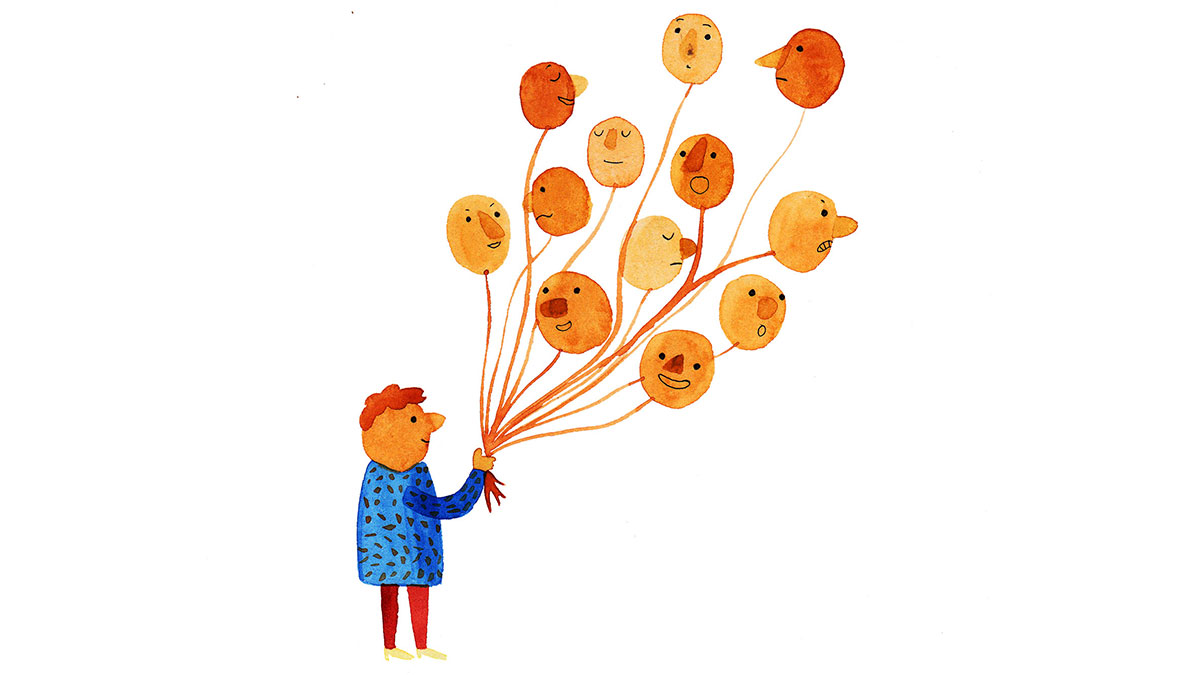
(Source:HBR)
I spent 3 days at Henley Business School a few weeks ago on the first module of the MSc in Coaching For Behavioural Change. I caught up with old coaching buddies and met a new bunch of lovely like minded souls. Module 1 was all about Applied Neuroscience for which we were joined by the absolutely amazing Professor Patricia Riddell who totally blew our minds! I love feeling in completely awe of people who know soooo much about a given topic – a constant, humbling reminder there’s so much more to do than ever be done, so much more to see than can ever be seen (no wait, that’s the Lion King…)

We took on so much knowledge I can’t even attempt to summarise it here, so will pick a couple of things that stuck out for me.
Did you know the left and right sides of the brains in other animals are identical? Each side acts as a back up for the other in case of failure – other animals have in effect redundancy built into their brains! Why not humans? Because we needed more space to house the higher, more evolved brain functions that our species have, and there’s only a finite amount of space to house our brains given the size of our skulls!
Ever heard of the Insula (or Insular Cortex)? It’s a part of the brain involved in consciousness and plays a critical role in emotions and functions such as compassion and empathy. It receives information from your body, and codes that information against your own experiences to label sensations and emotions. How you label sensations and emotions determines how you experience them.

And here’s the key point – the more you can discriminate your emotions, the more specificity you can attach to how you label and name emotions, the more you can control how you experience, the more neurons your brain will need create, so you are quite literally expanding your mind by doing this!
I know right, mind blown!

Which is where language comes in as it has the potential to hugely help or hinder here because it can both expand and limit your descriptions. Most people have quite a limited vocabulary when labelling an emotion. I don’t subscribe to the Brené Brown view of the majority only being able to name 3, “happy, sad, and pissed off”, however, her book Atlas of the Heart is incredibly useful in terms of identifying, naming and categorising 87 different human emotions and experiences.
Below are those 87 on a single page for you to have a look at. It’s incredibly helpful.

Or if you prefer something a bit more visual, here is another very useful tool:

Try using either of these tools, as naming a negative emotion is one of the most effective ways of reducing its power, and if you name it with greater discrimination and specificity you will reduce its power further, whilst expanding your brain! That’s one of the best examples of a win win 😊